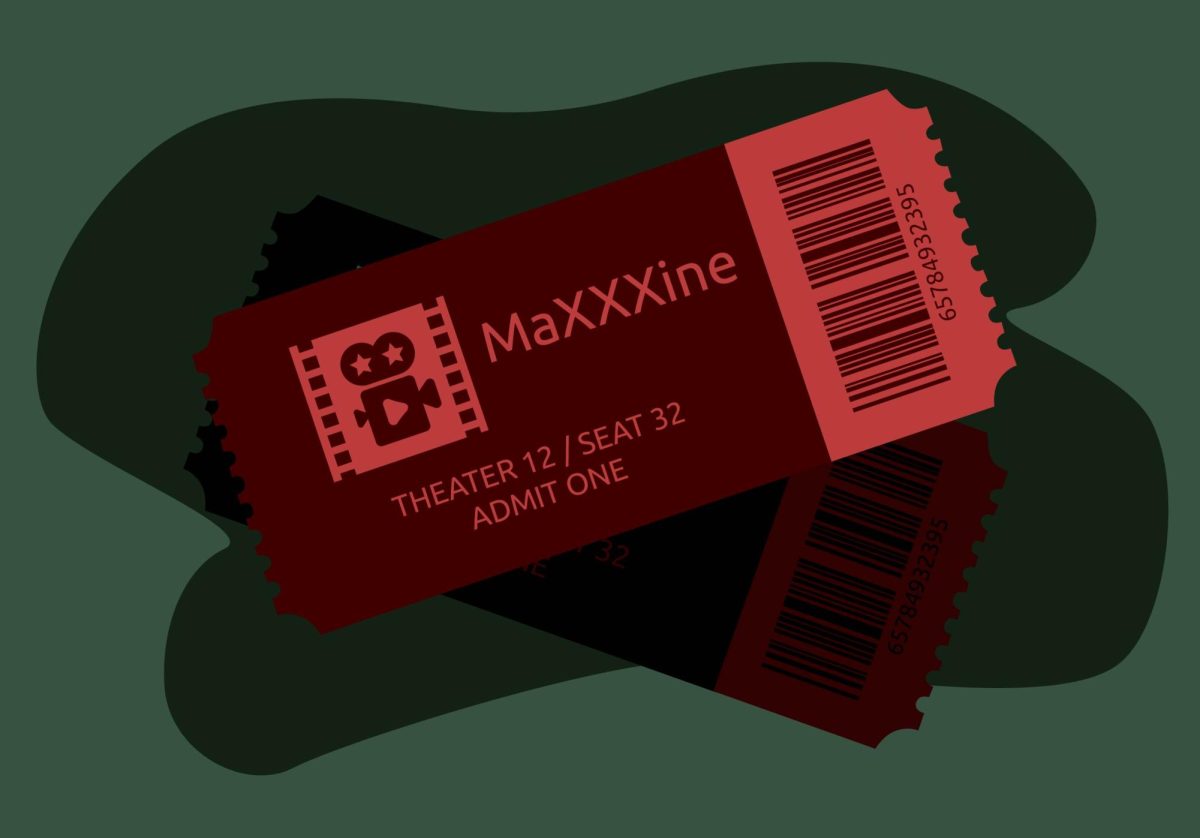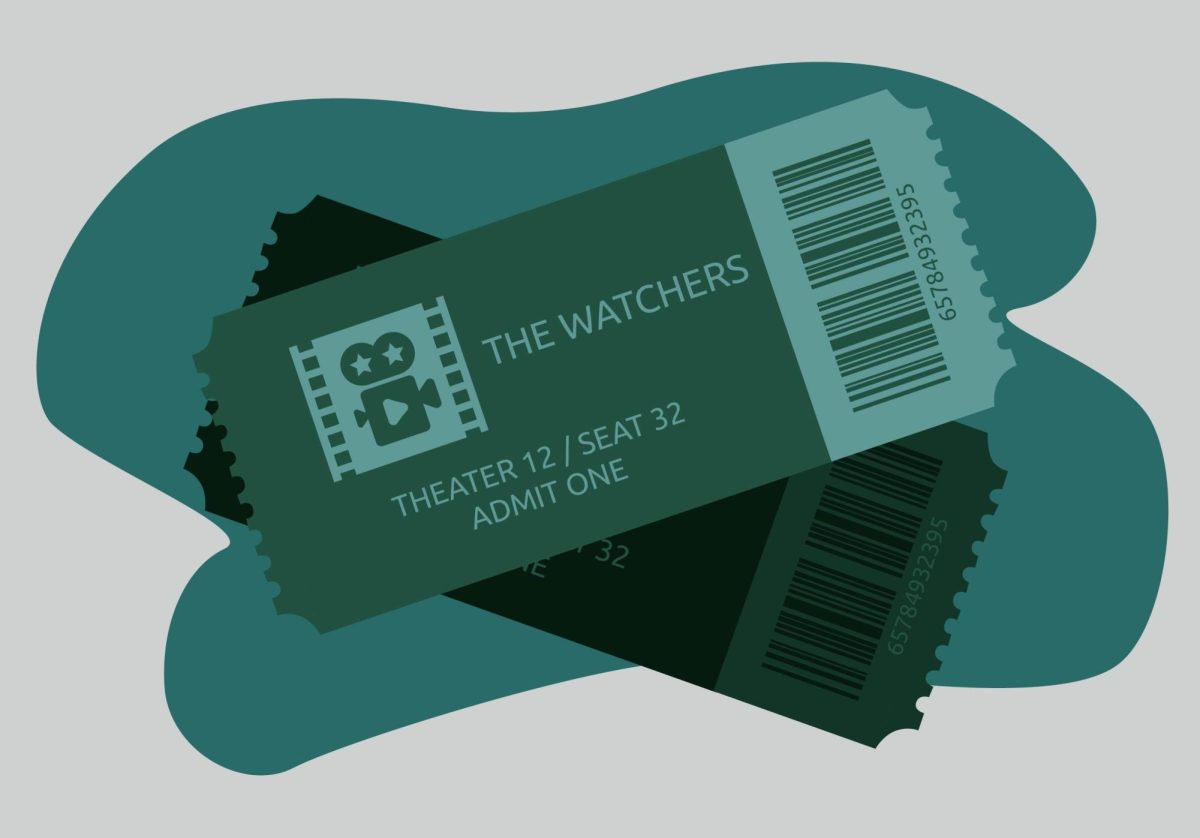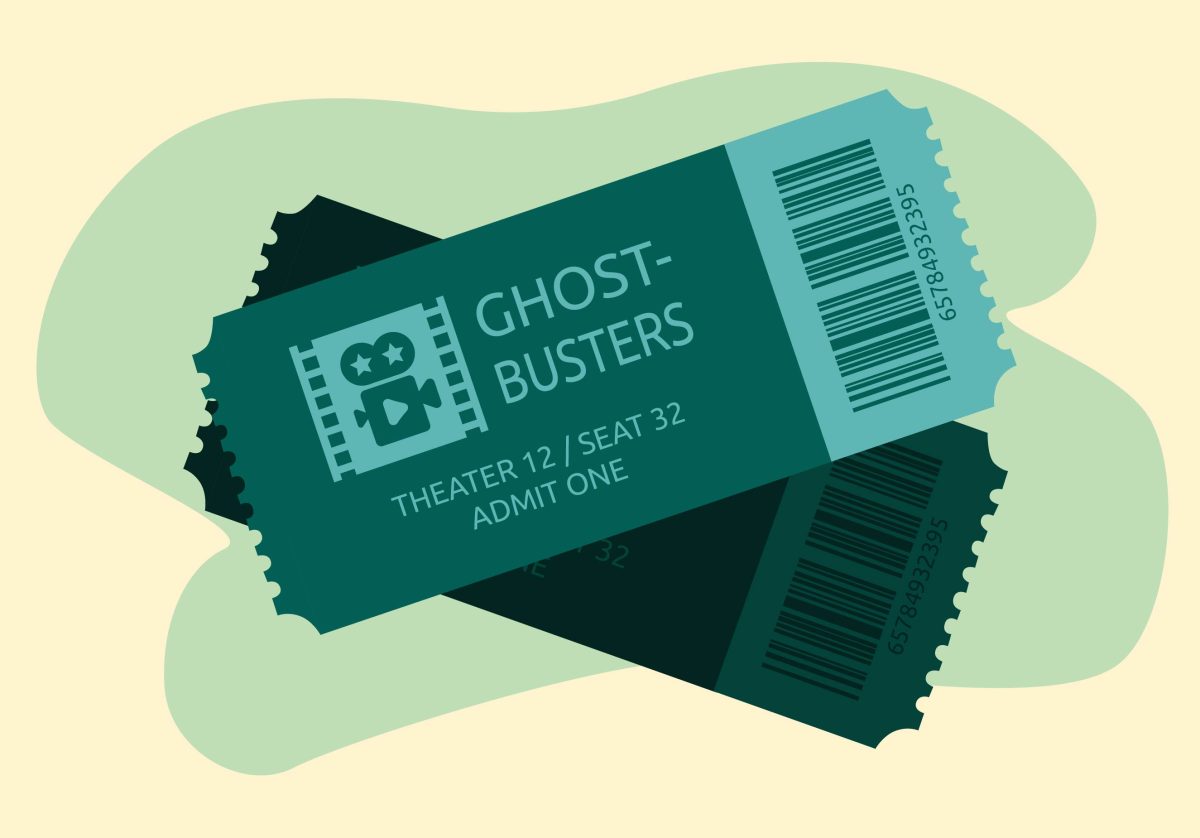Apparently, history’s got no love for losers, fair-weather friends, or in the case of “The Assassination of Jesse James by the Coward Robert Ford,” cowards of any flavor.
STARRING: Brad Pitt, Casey Affleck
DIRECTED BY: Andrew Dominik
Rated: R
PLAYING AT: Area Theaters
Straightaway, the newest succession in the line of Jesse James sagas seems a tad slanted, as if it’s already shot itself in the foot long before the opening credits roll. But this isn’t a historical ballad interested in keeping up appearances, or, apparently, getting to the point in under 120 minutes.
“The Assassination” chronicles the widely known fate of the infamous Jesse James: On April 3rd, 1882, the desperado and train robber extraordinaire turned his back on a guy (in his own living room, nonetheless) to dust off a hanging portrait. He was shot dead on the spot.
That, we all know. It’s all over the history books. But the film tries to dig a bit deeper, to uncover the tortured candor of another central, but oft-forgotten character: the wishy-washy, fanatic young Robert Ford (Casey Affleck) who put the bullet in Jesse’s head. And it’s his angst-ridden sentiments, his descent into envy and madness, and later, his fabled pity and execution, that the film seeks to depict.
Given all the American outlaws (and outlaw culture) portrayed in “The Assassination,” one would think that gun fanfare graces the screen right and left. It doesn’t. The shoot-em-up melodrama one would come to expect from such a tale is largely absent from “The Assassination,” the violence and gore instead reduced to a ho-hum afterthought, a minor blemish of pioneer life.
Instead, the drama operates on largely a subtextual level, channeling out the neuroses and corporeal experiences of betrayal and paranoia in pioneer-era Missouri. A ubiquitous, analysis-injecting narrator fills the acoustics on many of the scenes (presumably because the screenplay is based on a book), his everyman, modern American voice adding an overly paternal tone to the narrative.
The film follows James’s last days, from his last mediocre train robbery to his most tense moments as an outlaw and family man. With a bounty on his own head and all his cohorts’ rapid successions of arrests and deaths, James begins to think that everyone is plotting his demise. He does what any cornered crook would do: visits potential backstabbers at their heartland farms and stables to pick their brains – and shake ’em up a bit.
Jesse, by all the film’s accounts, is a man eaten by his paranoia, a man who can’t trust any of his friends, who is simultaneously revered and abhorred to the point of alienation. Many scenes find him sitting around a breakfast table, throwing cock-eyed looks toward his comrades who are acting just a tad too nervous, speaking a tad too fast. Trust is nothing but a corrosive thread in harsh pioneer life.
The mise-en-scène, providing a dreamy, Oregon Trail backdrop to the oft-lulled plotline, seems to oscillate between the minds of Laura Ingalls Wilder and a Victorian-era Alienist – complete with an aesthetic reminiscent of aged crime scene photos, or photos of pioneers taken from far, far away. But cinematographer Roger Deakins may just be the most visibly pristine star of the bandwagon hootenanny, depicting the dull fog of night-riding, the loneliness of a country dirt road, the wonder of an October sky with almost frigid clarity.
And then there’s Brad Pitt, the pretty faced über-celebrity trying to make a crook with a condition called granulated eyelids, a missing middle finger, puckered out ears and a manic, paranoid disposition into a mysteriously sexy Southern cavalier. But it works, largely. Pitt can capture in the flicker of a facial expression the multitude of delirious, devil-may-care masquerades that no doubt were central to James’ survival and folklore image. But the collision of ego and historical pretension that arise from an A-lister playing a storied outlaw is hard to miss – it practically smacks the viewer in the back of the head.
If anything, Robert Ford becomes the tragic figure of this Western tale, and serves as a poster boy for the paradox of betrayal. Faced with no choice in a typical kill-or-be-killed position, the boy just happens to pull the trigger first. But Ford’s fate, it seemed, was already sealed in the stars long before this film, or Jesse James himself, could get to him. It’s just a pity that history and Hollywood have never afforded him a chance to redeem himself.
















